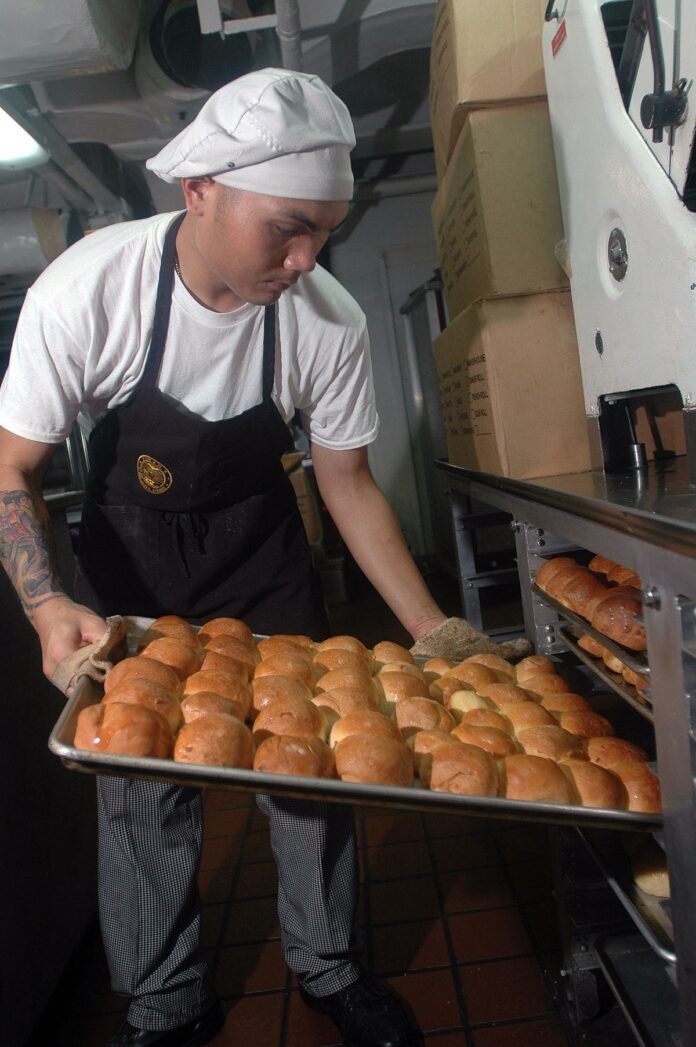
Artisan bakers are skilled craftsmen who have a passion for baking and tend to use traditional methods of production. Flour, salt, yeast and water are the basic ingredients. Flavour is what it is all about; they often add herbs or spices to their dough which enhance both the flavor and aroma of the product. Ultimately it is defined by the skill and time that is invested in it’s production.
As they say, a good worker depends on his tools. Needless to say, the equipment that artisan bakers use is vitally important. Aside from using the right ingredients and preparing the product for baking, the correct choice of equipment is vital.
The choice for many artisan bakers is the deck oven. This comes in a few different varieties, but the principle for each is the same – the machines produce consistent heat, maintained at a high level throughout the baking chamber and are able to bake many loaves within an acceptably short time scale. The baker has consistent control over the process which is particularly important when creating a variety of different products.
Types of Deck Oven
There are two basic types of deck ovens – gas or electric. Gas ovens, powered by natural gas or propane and tend to be more expensive than electric ovens.
Buying a Deck Oven – What to Consider
There are a number of factors to be taken into consideration when purchasing deck ovens.
- Size of the Oven – You must ensure that it is adequate to accommodate your manufacturing requirements. It is not a cheap item to purchase, so think very carefully about not only about your present requirements but also your possible future requirements in terms of volume output.
- Single or Multi-deck? Single decks are smaller and less expensive to run than multi-decks, but can only take one baking tray at a time. Mult-decks, on the other hand, can accommodate many baking trays, and, obviously, a higher volume of product.
- Location. Think carefully about exactly where you are going to set up your oven and the impact on the surrounding environment. Ensure safe power supplies are within easy reach and examine the logistics of getting the product from the oven to the market place.
- What Features do you Require? Some deck ovens are produced with features such as steam injection which can assist in achieving a crispier crust on bread or pizzas. Other features could include – timers, digital controls and automatic shut-off. Do make a list and do ask the sales person to outline any additional features that you may not have thought of or considered.
- Maintenance. The product, to be fair, is highly reliable, but do ensure that you have readily available access to maintenance and support should you need it in order to minimise downtime.
At the end of the day, the deck oven is widely regarded as the best way to produce evenly cooked bread products in the shortest possible time, whilst maintaining the quality of the product.











